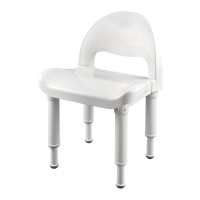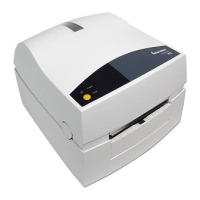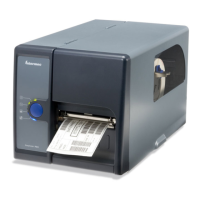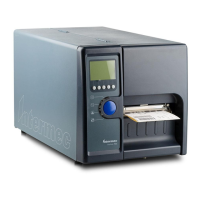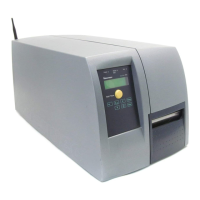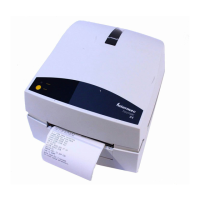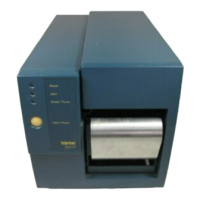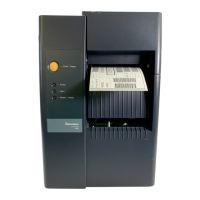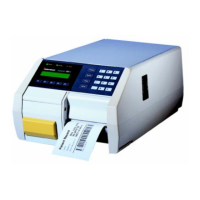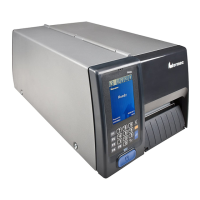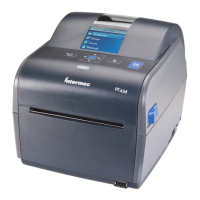146 Intermec EasyCoder PF2i, PF4i, and PF4i Compact Industrial—Service Manual
Chapter 13—CPU Board
SDRAM Memory (J10)
The SDRAM memory (Synchronous Dynamic Random Access Memory)
is the printer’s temporary memory (Fingerprint device "tmp:"). It will lose
its content when the power is switched off or at a power failure. Thus, it
should only be used for data that can easily be recreated or that are only
relevant for one power-on cycle. It is much faster than the fl ash memory.
Therefore, at startup the kernel is copied from the Flash memory to the
SDRAM, where the various instructions are executed.
One SDRAM SIMM (standard size 8MB) must always be installed in
socket J10 (SDRAM0-1).
The SDRAM is also used for the font cache and various buffers. The
remainder is used for the two print image buffers where the bitmap
patterns are stored prior to printing. One buffer is used for the label that
is being printed, while the other receives the bitmap for next label as the
Intermec Fingerprint instructions are processed. By switching between the
buffers, batch printing without stopping between labels can be achieved.
The size of the buffers depends on two factors:
• Number of physical dots on the printhead.
• Present label length setup value in dots.
Calculate the buffer size according to this formula:
(No. of dots / 8 + 4) × (Media length in dots) = Buffer size in bytes
(Buffer size in bytes) / 1024 = Buffer size in kbytes
Buffer size in kbytes × 2 = Memory requirement in kbytes
Example:
The number of dots on the 8 dots/mm printhead of an EasyCoder PM4i is
832.
“Media; Length” is set to 1500 dots (= 187.5 mm/7.38 inches)
[[(832 / 8) + 4) × (1500)] / 1024] × 2 = 316 kbyte total
If a longer print length or more storage space is required, the printer can
be fi tted with a 16MB SDRAM instead of the standard 8MB. However,
regardless of memory size there is an absolute print length limit of 32,767
dots (4,095 mm/161.2 inches).
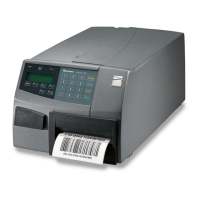
